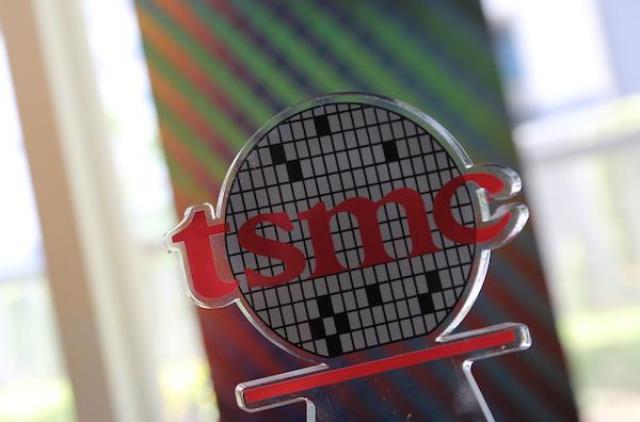Apple is planning to use an updated version of Taiwan-based chipmaker TSMC’s latest chip producing technology in iPhones and Macbooks next year, Nikkei Asia news report said.

The news report said A17 mobile processor, which is currently under development, will be mass-produced using TSMC’s N3E chipmaking tech, expected to be available in the second half of next year
The A17 will be used in the premium entry in the iPhone lineup slated for release in 2023.
The current iPhone model has an A15 processor chip. Apple in the recent iPhone launch event in the U.S. said iPhone 14 Pro models will also have the same.
The chipmaker controls about 54 percent of the market for contractually produced chips, supplying firms including Apple and Qualcomm.
N3E is an upgraded version of TSMC’s current 3-nanometer production tech, which is only starting to go into use this year. The next generation of Apple’s M3 chip for its Mac offerings is also set to use the upgraded 3-nm tech.
N3E will offer better performance and energy efficiency than the first version of the tech, TSMC said in a recent technology symposium in Hsinchu.
Apple, the #1 smartphone vendor in the world, is TSMC’s largest customer and the biggest driver for new semiconductor technologies.
Previously, Intel told TSMC that it would like to secure 3-nm production by this year or early next year to be among the first wave of adopters like Apple, but it has since delayed its orders to at least 2024.
The race is on among chipmakers to roll out ever more advanced production tech. TSMC and Samsung each hopes to be the first to put 3-nm tech into mass production this year. This technology is suitable for all types of central and graphics processors for smartphones, computers and servers, as well as those used in artificial intelligence computing.
There is a cost increase of at least 40 percent for the same area of silicon when moving to 3-nm chips from the 5-nm family, which includes 4-nm chips, says Dylan Patel, chief analyst with Semianalysis.





